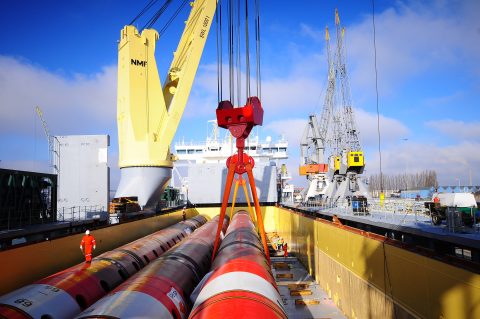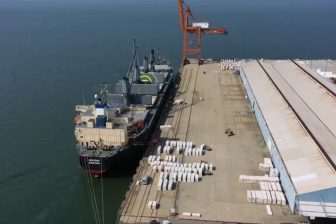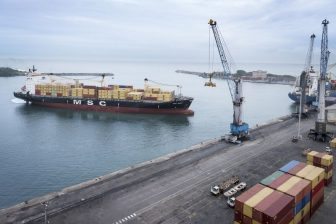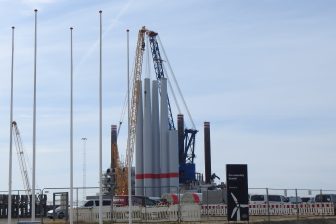
Europe’s largest breakbulk port continues to grow
2015 was a good year for Antwerp. The port handled 208 million tonnes of cargo in total, a 4.5% increase. Breakbulk also saw further growth by 1.2%.
Wim Dillen, head of business development for the Port of Antwerp, is satisfied with last year’s results. “Given that the maritime industry is a difficult market with lots of competition, I am proud of our continued growth across all sectors; containers, conventional bulk, liquid bulk and breakbulk.”
According to Dillen, various factors are at the heart of the port’s success. One such factor is that Antwerp is a cargo-generating port. “An increase in regional economic activity directly translates to more activity – and therefore more growth – in the port. This effect has been clearly apparent in recent years.” However, Antwerp is also the largest steel port in Europe, while no steel industry is present in the region.
Obviously, there are other reasons behind the growth as well. Dillen: “One factor is our strategic location in Northwest Europe, close to France and Germany. It is very interesting to handle steel through Antwerp. On top of that, we are both an export and an import port, pretty much a port for everyone. This for example means that return cargo is available for most ships in the breakbulk segment. Each year, we see an increase in breakbulk volumes; last year was no exception with 1.2 percent. That is quite remarkable because a shift is currently underway in which general cargo is increasingly being shipped overseas in containers.”
Many maritime liner services
Another advantage of the port of Antwerp is its inland situation on the river. “In the past, this was still considered a disadvantage, but nowadays it is commonly seen as an advantage for shippers,” explains Dillen. “From here, the transport to and from the port is about 80 kilometers shorter compared to ports situated on the sea. This results in lower fuel costs and lower CO2 emissions and contributes to sustainability.”
Other factors contributing to the port of Antwerp’s success are the many maritime liner services (approximately 200 departures per month), the modern facilities and the high quality of staff and services. “These factors have allowed us to develop into Europe’s largest breakbulk port and the second-largest container port aft er Rotterdam. Together with the companies here, we aim to retain these positions in 2016, among other things through continuous investments in facilities, services and innovations in such fields as automation and ICT.”
This article was first published in magazine: In the spotlight breakbulk



